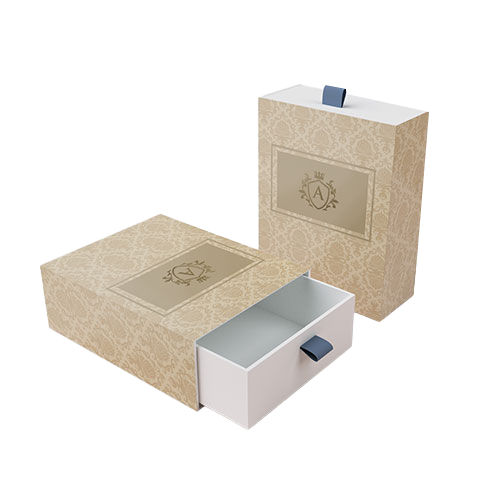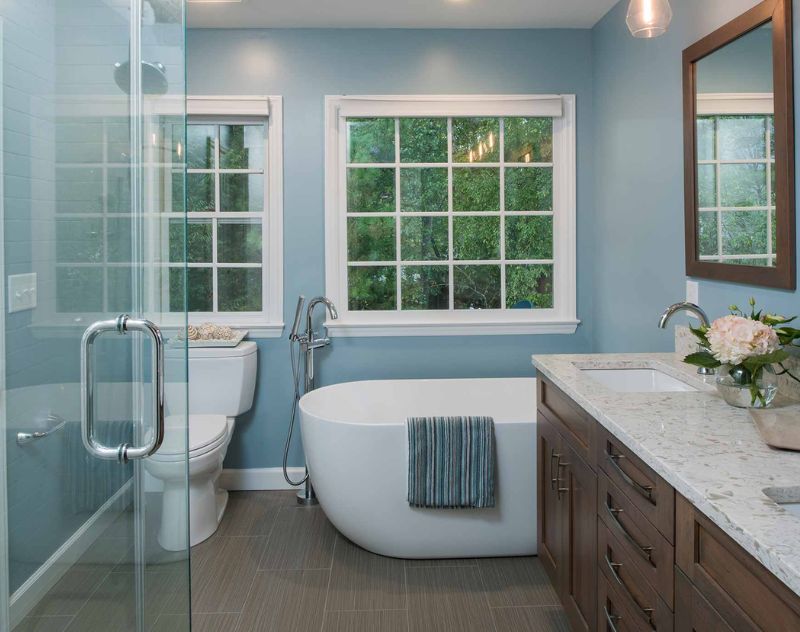Castle construction is a fascinating subject that blends history, architecture, and engineering. Castles, often seen as symbols of power and prestige, played a pivotal role in medieval society. Their construction involved intricate planning, innovative techniques, and skilled craftsmanship. In this guide, we will delve into the history, architectural styles, construction techniques, and modern adaptations of castles.
The Historical Context of Castle Construction
Origins of Castle Building
The concept of a fortified residence dates back to ancient times, but the true castle as we know it began to take shape in the early medieval period. The first castles emerged in Europe during the 9th and 10th centuries, primarily as defensive structures for feudal lords. These early castles were built from wood and earth, but as the Middle Ages progressed, they evolved into stone fortresses.
The Role of Castles in Medieval Society
In medieval Europe, castles served multiple purposes. They were not just military fortifications but also centers of administration, commerce, and living quarters for the nobility. Castles were strategically located to control surrounding lands, protect against invasions, and demonstrate the power of their owners. The construction of a castle often reflected the wealth and influence of its builder.
Architectural Styles of Castles
Early Castles (Norman and Motte-and-Bailey Castles)
The earliest castles, such as the Norman and Motte-and-Bailey castles, were characterized by their simplicity. Motte-and-Bailey castles featured a raised earthwork (the motte) and an enclosed courtyard (the bailey) surrounded by wooden or stone palisades. The Norman castles, built by William the Conqueror and his successors, were primarily constructed of stone and included features like keeps, curtain walls, and gatehouses.
Medieval Stone Castles
As the Middle Ages progressed, the design of castles became more sophisticated. Stone replaced wood as the primary building material, leading to the construction of larger and more elaborate fortifications. Key features of medieval stone castles included:
Keeps: The central, often tallest part of the castle, used for living quarters and defense.
Curtain Walls: Thick stone walls surrounding the castle, designed to withstand attacks.
Towers: Added for both defensive purposes and to provide a vantage point for spotting approaching enemies.
Moats and Drawbridges: Water-filled ditches and movable bridges that provided additional defense.
Gothic and Renaissance Castles
During the Gothic period (12th to 16th centuries), castle architecture became more ornate. Gothic castles featured pointed arches, ribbed vaults, and flying buttresses. The Renaissance period saw a shift towards more classical styles, with an emphasis on symmetry and proportion. Castles from this era often included elaborate decorative elements and reflected the changing tastes and philosophies of the time.
Construction Techniques and Materials
Stone Masonry
The primary material for building stone castles was, unsurprisingly, stone. The choice of stone varied by region but typically included limestone, granite, or sandstone. Stone masonry involved cutting and shaping stones into precise blocks, which were then laid in a pattern to form walls and other structures. Mortar, a mixture of lime, sand, and water, was used to bind the stones together.
Defensive Features
Several construction techniques were employed to enhance the defensive capabilities of castles:
Arrow Slits: Narrow vertical openings in the walls that allowed archers to shoot arrows while remaining protected.
Battlements: Parapets with alternating high and low sections that provided cover for defenders and allowed them to launch projectiles.
Portcullises: Heavy grilled gates that could be dropped down to block the entrance.
Engineering Innovations
Castles often required advanced engineering solutions to address various challenges. For example, the construction of large stone walls required careful planning to prevent collapsing. Engineers developed techniques like counterforts and buttresses to reinforce walls and distribute the load.
The Decline of Castle Construction
The Advent of Gunpowder
By the late 14th century, the development of gunpowder and cannons began to undermine the effectiveness of traditional castle defenses. Cannons could breach stone walls, rendering many defensive features obsolete. As a result, castle construction gradually declined, and many castles were abandoned or repurposed.
Changing Military Strategies
The rise of gunpowder artillery and changes in military tactics further diminished the role of castles. Fortifications evolved into more modern military structures, such as star forts and bastions, designed to withstand artillery fire.
Modern Adaptations and Preservation
Restoration and Preservation
Today, many castles are preserved as historical landmarks and tourist attractions. Restoration projects aim to maintain the historical integrity of these structures while making them accessible to the public. Preservation efforts include repairing damaged masonry, restoring original features, and providing educational programs about the history of the castle.
Modern Uses
Some castles have been repurposed for modern uses, including hotels, museums, and event venues. These adaptations allow people to experience the historical charm of castles while enjoying contemporary amenities. For example, some castles host weddings, conferences, and other events, offering a unique blend of history and modern convenience.
Famous Castles Around the World
Europe
Neuschwanstein Castle (Germany): A fairy-tale castle known for its picturesque beauty and inspiration for Disney’s Sleeping Beauty Castle.
Edinburgh Castle (Scotland): Dominates the skyline of Edinburgh and is a symbol of Scottish history and culture.
Château de Chambord (France): Renowned for its distinctive French Renaissance architecture and expansive grounds.
Other Regions
Himeji Castle (Japan): A stunning example of Japanese castle architecture, known for its white exterior and intricate wooden interiors.
Mysore Palace (India): A grand palace that reflects the opulence of the Wodeyar dynasty and serves as a cultural landmark.
Conclusion
Castle construction is a remarkable field that intertwines historical significance, architectural innovation, and engineering prowess. From the early motte-and-bailey structures to the elaborate stone fortresses of the medieval period, castles have left a lasting legacy on the landscape and culture of their regions. Modern adaptations and preservation efforts ensure that these historical marvels continue to inspire and educate future generations. Whether as symbols of power, centers of administration, or simply beautiful landmarks, castles remain a testament to human ingenuity and resilience.










